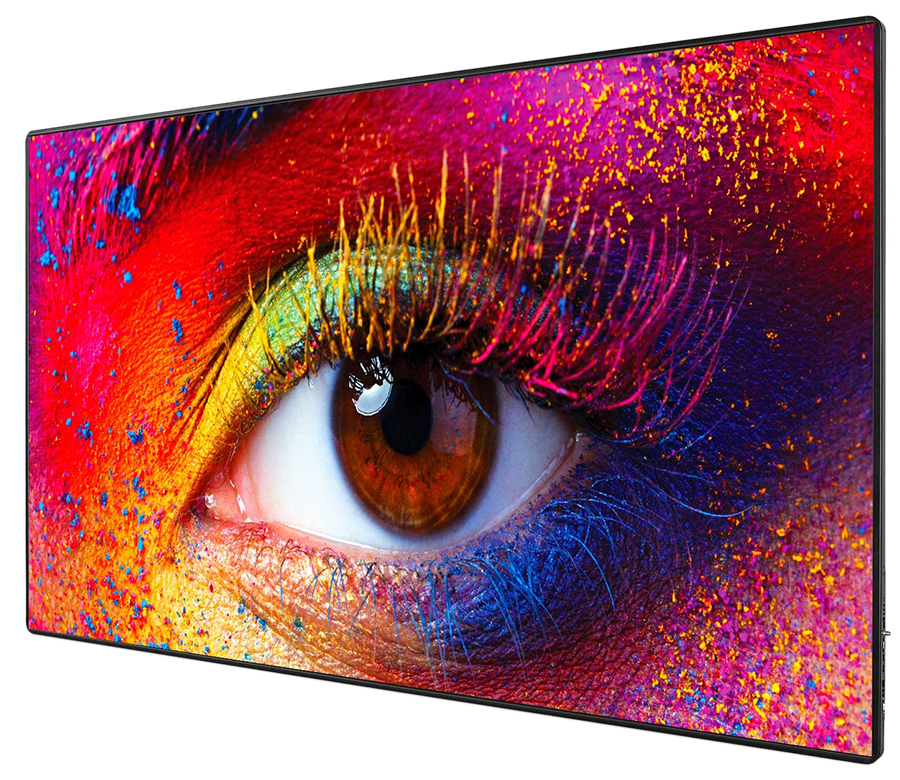Active LED Video Walls - Demystifying The AV Enigma
by Abdul
Waheed, CTS, Managing Director, EYTE Technologies
Pvt. Ltd.
The ever changing video market is reaching new heights with active LED video walls. From
projection to plasma displays; LCD to LED, the continuous journey for large size display wall is
always challenging. The indirect light of projection system, to the thick breaking lines of
Bezel in LCD and LED is always disturbing the impact of the high resolution content. The cost of
Micro LED panels and the alignment issues didn't allow it to be a success.

Abdul Waheed, CTS, Managing Director, EYTE Technologies Pvt. Ltd.
The evolution journey of direct LED video wall panel increased tremendously post pandemic. The most
popular P10 is no more in tender specs now after the pixel sizes have gone down as low as 0.8 mm.
(It is now lesser than earlier days LCD panel resolution).
Features like this, along with the seamless large size and flexibility to design it in any shape is
making it a popular mode of display not only in OOH, but for indoor applications too.
The other factor is the contrast and brightness-10K lumens brightness is making the OOH possible to
fight the day light brightness.
The projectors were slowly diminishing the indoor market with increasing market size of IFP panels.
With introduction of 98", the projection systems in meeting rooms started losing its space. And now
with the reducing gaps between the pixels, it has started losing space in auditoriums, large
training and meeting rooms too.
The Indian market is getting flooded with numerous manufacturers, some of them are actual
manufacturers, while many are just into white labelling of the products of China factories.
The right pick for the application is still a mystery for many integrators. The selection of the
right product is a challenge in the absence of proper understanding of the technology and the
components inside the panels. It is high time for the solution providers in AV industry to
understand the important key factors of a video wall as the market size of these walls is
significantly increasing due to their increasing applicability and demand.

LED Videowall
Why Are Active LED Video Walls Becoming More Popular?
According to businessire.com, the Indian Indoor LED Display Market is projected to grow at a
staggering CAGR of 19% during the forecast period 2020 - 2025.
This increase in business is due to the application right from shopping malls, retail business to
NOC centres, board rooms, auditoriums, railway and airport to the outdoor advertisement segment.
LED display promotions can be favourable to pretty much every sort of business. All you need is the
correct blend of inventiveness and incentive to grab the attention of all your prospective business
customers
Three key reasons active LED video walls are becoming more popular:
1- No seams: In spite of thin bezels of flat panel displays when paired together to create video
walls, and with LED installed properly, there isn't a single line, making it completely seamless.
2- Design flexibility: The designer gets a free hand to make his/her own resolution, shapes and
positions. The LED video walls can be flat, hollow, curve or oval shaped. Also, It can be
transparent to be displayed on glass windows as well. The choice of various pixel sizes, brightness
and weather proof options, makes it useful for a wider range of applications. The slim sizes along
with addition of interactive overlay makes it useful for workplaces with a boundless pixel area. The
hardware-based IP solution displays PCs and video sources in freely scalable windows on monitors and
videowalls makes it useful for wider applications. All sources can be freely and individually
placed, scaled and moved - even on a single monitor - for the simultaneous display of x-different
sources. Thanks to the modular architecture, the solution can be extended to a virtually unlimited
number of sources and screens.
3- Physical performance: Can have enough light pixels to deliver 8K or more depending on the sizes
LEDs are much brighter to operate in a bright sunny day in an outdoor application with IP68 making
it weather proof, and can last in the field for 10 years (100000 hrs life) or longer. They also
don't require much maintenance, they can do their own colour calibration (if at all required) and
can be designed for a 24/7 application.